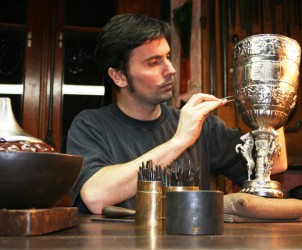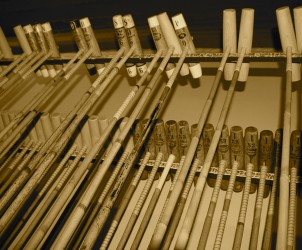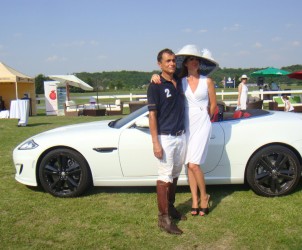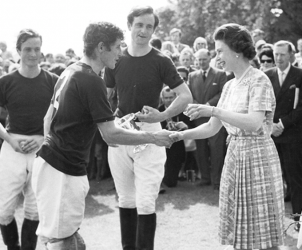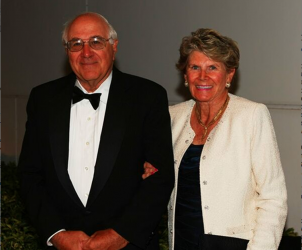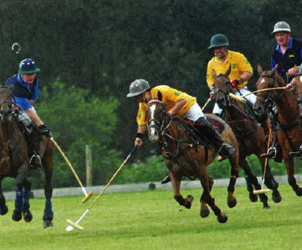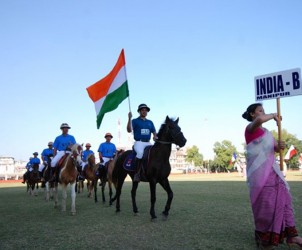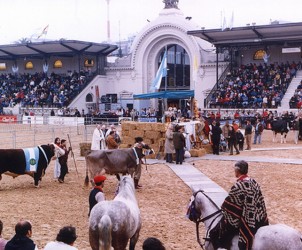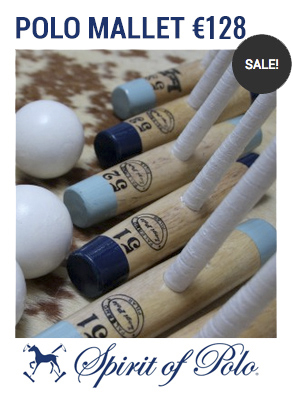-
POLOCONSULT ventured into the workshop of the silversmith, designer and Polo lover, Adrian. This is the account of a meeting with the Argentinean version of Edward Scissorhands. Before taking the plunge on the silverware, Adrian
-
For the Logi’s, learning how to make mallets is a family tradition. In 1944, Lopez and Gimenez brothers’ began to work at Lacey and Son-one of the greatest Argentine manufacturer at that time. Besides the Polo fields of the
-
The three ways in which polo is unique among sports : 1- The disparity of skills of the participating players 2- That there is a right of way related to the path of the ball 3- That, without relation to the ball, you can obstruct
-
As the saying goes “Polo: the sport of the Kings but also the king of the sports”. Indeed from polo’s birth around 2500 years ago until now, polo has always been both. At the beginning the army and kings played
-
I was in my late teens when I set my heart on rounding out my education at Oxford University before, as I then imagined, I returned to the family sheep farm. Why would a teenage Australian farm boy want to go to Oxford? Let us
-
What are we to make of Tanoira’s Reflections? How does it contribute to debate within the polo community behind closed doors? Will patron polo henceforth define how the game is played? Or is there another way forward? I put
-
Medieval art from the golden age of Imperial China Be it poetry, artworks or surviving polo grounds, everything points to imperial Persia, circa 500 B.C., as the genesis of polo, a court pleasure of the nobility and, as with
-
Question: what is the best way to promote your country to the world? The answer, surely, is to show other countries an activity, whether music, theatre, sport or whatever, in which your own country excels. Six years ago the
-
At the first glance, the notion of Manipur hosting an international low-goal polo tournament with teams mounted on diminutive Manipuri ponies is implausible. Manipur ? For centuries a sovereign kingdown, Manipur, in the
-
During those two weeks, this exposition, that is organized each year by the Argentinian rural society, has attracted more than 760 000 people, who were looking forward to admiring or buying the various animals gathered in the

